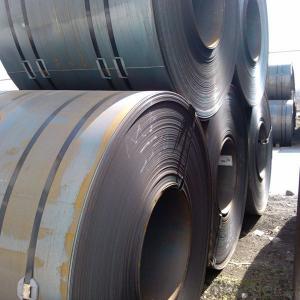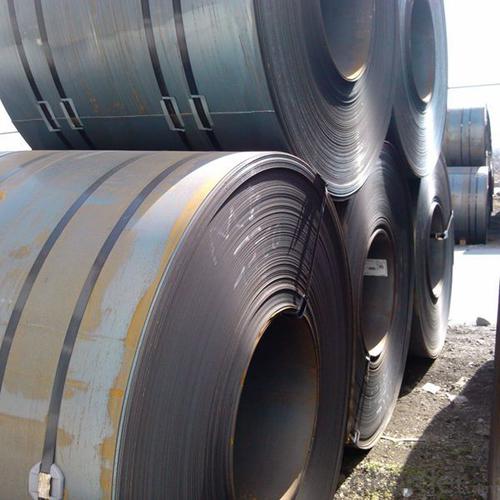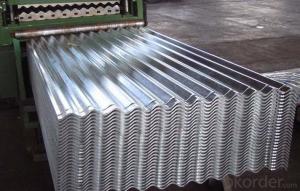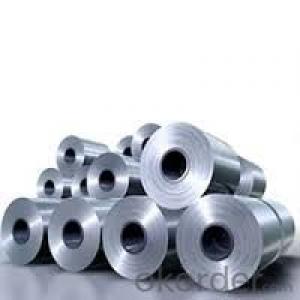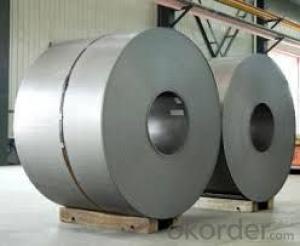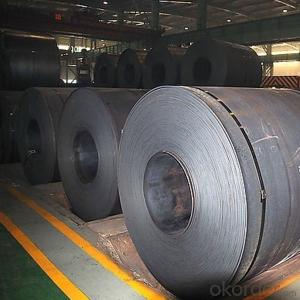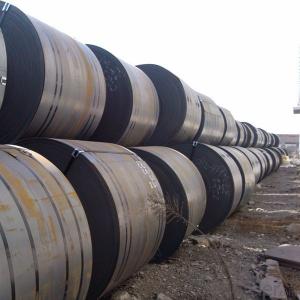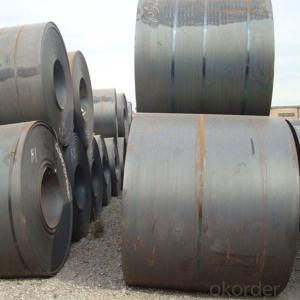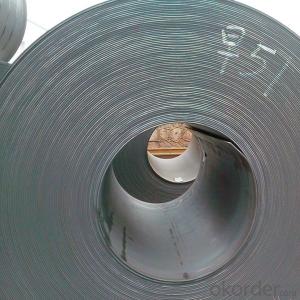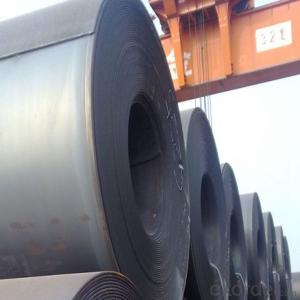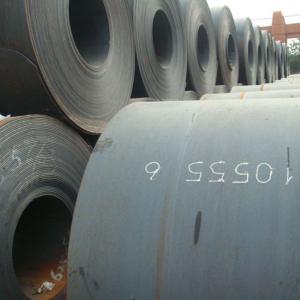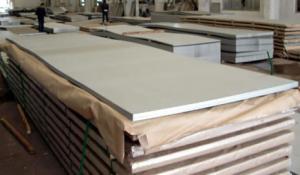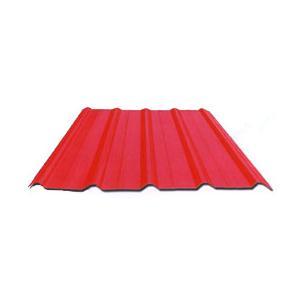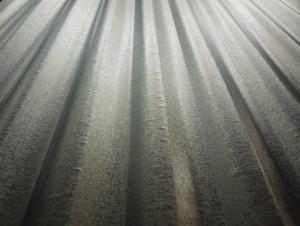Hot Rolled Steel Sheets SS400 Steel Plates SS400
- Loading Port:
- Tianjin
- Payment Terms:
- TT OR LC
- Min Order Qty:
- 25 m.t.
- Supply Capability:
- 100000 m.t./month
OKorder Service Pledge
OKorder Financial Service
You Might Also Like
Specification
DESCRIPTION FOR SS400 CARBON STEEL SHEET
1.Thickness: 1-200mm
2.Width: 100-3000mm
3.Length: 1000-12000mm
4. Applications :mining machinery, environmental protection, engineering
5. Grade:SS400 A 36 Q195.Q235.Q345.SPCC.SPCH
6.Surface : Hot Rolled Cold Rolled Galvanized Steel
PACKING:
1.Big thickness:by bulk vessel
2.Small thickness:packed by steel strips and shipped by container
3.According to the requirements of customers'
TRADE TERMS :FOB, CFR, CIF
DETAILED PICTURES FOR STEEL COILS

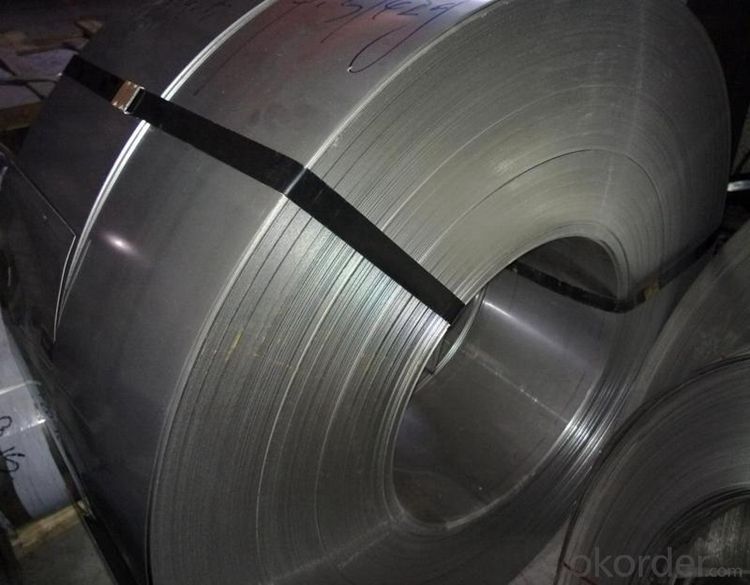
EXPORT MARKET FOR STEEL COILS/SHEETS
Our target market is the international market. Every year we export most of products to countries like India, Pakistan, South Korea, Brazil, Australia, South Africa, Spain, Sri Lanka, Taiwan, Hong Kong, etc.
OUR SERVICE
1.High quanlity and reasonable price.
2.Customized on-demand.
3.Reasonable shipping and fast delivery.
4.Free sample.
FAQ
Q:How to order?
A: Please send us your purchase order by email or fax .or you can ask us to send you a proforma invoice for your order .We need to know the following information for your order.
1) Shipping information-company name, street address, phone number, fax number, destination sea port
2) Product information – Quantity, Specification (steel type, thickness, width, surface finish)
3) Delivery time required
4) Forwarder's contact details if there's any in China
FAQ
Q:What are the advantages of your company ?
A: We have many professionals, technical personnel, more competitive prices and best after-dales service than other steel companies.
Q:Can you arrange the shipment ?
A: Sure we can help you with the shipment. We have forwarders who have cooperated with us for many years.
- Q: How do steel sheets perform in high-pressure environments?
- Steel sheets are highly resilient and perform exceptionally well in high-pressure environments. Due to their inherent strength and durability, steel sheets can withstand and effectively contain the immense pressure exerted on them. This makes them a preferred choice in applications such as pressure vessels, pipelines, and industrial machinery. The high-pressure environment puts significant stress on materials, but steel sheets have the ability to resist deformation and maintain their structural integrity under these conditions. Their exceptional tensile strength and ability to withstand compressive forces without buckling or breaking make them a reliable choice for withstanding high pressure. Furthermore, steel sheets are known for their excellent corrosion resistance. This is particularly important in high-pressure environments since it helps prevent any potential leaks or failures due to corrosion-induced weakening. Steel sheets can be further enhanced with coatings or treatments to provide additional protection against corrosion, making them even more suitable for such demanding applications. Steel sheets also offer a high degree of versatility and can be easily fabricated into various shapes and sizes to meet specific requirements. This adaptability allows for the customization of steel sheets to suit different high-pressure environments, ensuring an optimal performance in a range of industrial settings. In summary, steel sheets are highly reliable and perform exceptionally well in high-pressure environments. Their strength, durability, resistance to deformation, and corrosion resistance make them a preferred choice for applications where containment of high-pressure substances is essential.
- Q: What are the different methods of cutting steel sheets?
- There are several methods of cutting steel sheets, including shearing, laser cutting, plasma cutting, waterjet cutting, and abrasive cutting.
- Q: What are the different types of steel sheet patterns?
- In various industries, one can find a variety of steel sheet patterns commonly used. Among the most popular ones are: 1. Plain Steel Sheet: This type of steel sheet pattern is the simplest and most basic. It has a smooth surface without any visible texture or pattern. 2. Diamond Pattern Steel Sheet: The surface of this steel sheet is embossed or raised in a diamond-shaped pattern. It is commonly used in applications where slip resistance is important, such as walkways and stair treads. 3. Perforated Steel Sheet: These sheets are created by punching holes in the steel to form a pattern of openings. They are commonly used for ventilation, filtration, and decorative purposes. 4. Corrugated Steel Sheet: With a wavy appearance due to parallel ridges and grooves, corrugated steel sheets offer added strength and rigidity. They are suitable for roofing and siding applications. 5. Checkered Steel Sheet: This type of steel sheet features a pattern of raised squares or rectangles, similar to a chessboard. It is commonly used for flooring, stairs, and decorative purposes. 6. Hammered Steel Sheet: Hammering the surface of the steel sheet creates a unique texture, giving it a rough and rustic appearance. It is often used for decorative purposes, adding a distinct visual appeal to various applications. 7. Brushed Steel Sheet: Achieved by rubbing the surface with an abrasive material, brushed steel sheets have a brushed or satin-like finish. This pattern provides a smooth and uniform appearance, commonly used in architectural and decorative applications. These examples showcase the different types of steel sheet patterns available. Each pattern possesses its own unique characteristics and applications, offering a wide range of uses in various industries.
- Q: Are steel sheets resistant to chemical spills?
- Yes, steel sheets are generally resistant to chemical spills. Steel is known for its durability and ability to withstand various chemical substances without corroding or reacting. However, the resistance may vary depending on the specific type of steel and the type and concentration of the chemical involved. It is always recommended to assess the compatibility of the steel with the specific chemical before making any conclusions about its resistance.
- Q: Can steel sheets be used for making shipping containers?
- Yes, steel sheets can be used for making shipping containers. Steel is a commonly used material in the construction of shipping containers due to its strength, durability, and ability to withstand harsh weather conditions.
- Q: How do you determine the quality of steel sheets?
- The quality of steel sheets can be determined through various methods such as checking the chemical composition, conducting mechanical tests, assessing surface finish and appearance, and ensuring dimensional accuracy and uniformity. Additionally, certification from reputable organizations and compliance with industry standards also serve as indicators of the quality of steel sheets.
- Q: How are steel sheets protected during transportation by sea?
- To ensure the safety and prevent damage of steel sheets during transportation by sea, various measures are taken. One commonly used method involves applying a protective coating to the sheets. This coating acts as a barrier against moisture and saltwater, which are the main culprits behind corrosion during sea transportation. The coating can be a temporary solution, such as a layer of oil or wax, or a more permanent option, such as a layer of paint or zinc. Moreover, steel sheets are often bundled or placed in shipping containers for added protection. These bundles are secured with straps or wires to prevent movement and potential damage in rough sea conditions. The shipping containers themselves are designed to withstand the challenges of sea transportation and shield the steel sheets from exposure to the elements. Additionally, the sheets may be wrapped in plastic or other waterproof materials to provide an extra layer of defense against moisture. This helps prevent direct contact with seawater or rain, thus reducing the risk of corrosion. During the loading and unloading processes, proper handling techniques are employed to minimize the risk of damage. Cranes or forklifts are carefully used to lift and move the steel sheets, ensuring that they are not dropped or subjected to excessive force that could cause dents or bends. Overall, a combination of protective coatings, secure packaging, and proper handling techniques is utilized to safeguard steel sheets during sea transportation. This reduces the likelihood of damage and ensures that they reach their destination in optimal condition.
- Q: What are the different standards and certifications for steel sheets?
- There are several standards and certifications that are applicable to steel sheets, ensuring their quality and compliance with industry requirements. Some of the commonly recognized ones include: 1. ASTM International: ASTM A1008/A1008M is a standard specification for steel, sheet, cold-rolled, carbon, structural, high-strength low-alloy, with improved formability. This standard establishes various mechanical and chemical properties for steel sheets. 2. American Iron and Steel Institute (AISI): AISI offers various standards for steel sheets, including AISI 4130, AISI 4140, AISI 4340, etc. These standards define the chemical composition, mechanical properties, and heat treatment requirements for specific types of steel sheets. 3. International Organization for Standardization (ISO): ISO has developed standards such as ISO 3574, ISO 630, and ISO 4998 for steel sheets. These standards cover different aspects, including dimensional tolerances, mechanical properties, and technical delivery conditions for specific grades of steel sheets. 4. European Committee for Standardization (CEN): CEN has established several standards, such as EN 10130, EN 10025, and EN 10149, which define the requirements for cold-rolled, hot-rolled, and high-strength steel sheets respectively. These standards cover aspects like chemical composition, mechanical properties, and surface finish. 5. Japan Industrial Standards (JIS): JIS standards like JIS G 3141, JIS G 3131, and JIS G 3132 are widely used for cold-rolled, hot-rolled, and hot-rolled high-strength steel sheets respectively. These standards specify the requirements for steel sheets in terms of mechanical properties, chemical composition, and dimensional tolerances. In addition to these standards, there are also various certifications that steel sheet manufacturers can obtain to demonstrate their adherence to specific quality and environmental management systems. Some commonly recognized certifications in the steel industry include ISO 9001 (Quality Management System), ISO 14001 (Environmental Management System), and OHSAS 18001 (Occupational Health and Safety Management System). These certifications ensure that the manufacturing processes and products meet the required standards and are produced in an environmentally sustainable and safe manner.
- Q: Are steel sheets suitable for chemical storage applications?
- Yes, steel sheets are suitable for chemical storage applications due to their high strength, durability, and resistance to corrosion. Steel sheets can effectively contain and protect chemicals, making them a reliable choice for storing various chemical substances.
- Q: Are the steel sheets magnetic?
- Indeed, steel sheets possess magnetism. Being predominantly constituted of iron, steel qualifies as a ferromagnetic substance. Consequently, it can be subjected to magnetization and exhibit an attractive force towards other materials with magnetic properties. Steel sheets are frequently employed in contexts necessitating magnetic characteristics, such as the production of magnets, electrical devices, and diverse industrial machinery.
Send your message to us
Hot Rolled Steel Sheets SS400 Steel Plates SS400
- Loading Port:
- Tianjin
- Payment Terms:
- TT OR LC
- Min Order Qty:
- 25 m.t.
- Supply Capability:
- 100000 m.t./month
OKorder Service Pledge
OKorder Financial Service
Similar products
Hot products
Hot Searches
Related keywords
